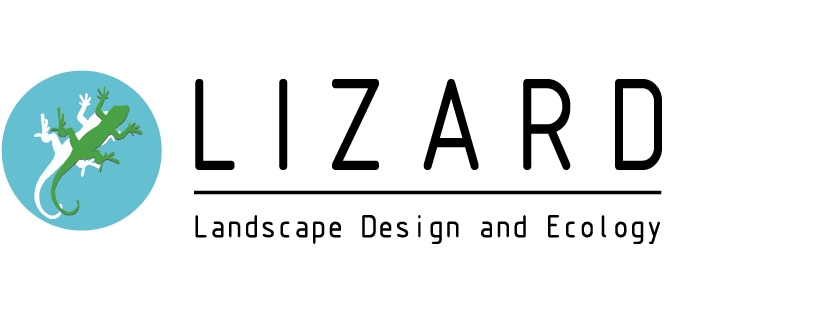Three Core Elements of a Preliminary Ecological Appraisal
Before you begin developing a site, it’s important that you fully understand the surrounding habitat so that you don’t further endanger any species and so that you can design and construct your development in an informed and safe way. The best way to do this is to hire an ecology expert to conduct a preliminary ecological appraisal (PEA).
The following is an explanation of what this appraisal consists of.
What is a Preliminary Ecological Appraisal and Why is it Important?
A PEA is a swift assessment of a site’s ecology and potential ecology. They establish what type of wildlife, trees, and flora are currently in that site and how this could potentially develop under certain circumstances.
This assessment is important because it can potentially stop developments that may harm endangered species. As well as protecting the species already present, it can also contribute to the protection of species outside of the site by giving recommendations that would attract them to the site and better support their livelihood.
Ecological Desk Study
This part of the PEA predominantly involves research. Data is collected relating to local sites, like priority habitats and sites with a similar ecological layout. In this stage, local biological record centres are approached to check if there are already some existing records about the site’s ecological state, either presently or in the past. This is an important step as it allows the habitat survey and protected species assessment to go smoothly because the relevant information is immediately at hand.
Habitat Survey
At this point, the relevant information has been gathered and it’s time to actually survey the site in person. The site is mapped, along with surrounding areas if they contribute to the survey, and the species in these areas are recorded. The habitat quality and any current or past use of the habitat is recorded, along with the extent of these factors. This is also the stage where the site is deemed suitable for further protected species to be introduced to further protect endangered species.
Protected Species Assessment
If an endangered species is detected in the initial survey then it is a legal requirement to undertake a protected species assessment. Particular attention is paid to bat, dormouse, otter, newt, and owl activity as these species are especially endangered. Based on this information, recommendations can be made as to how the proposed project can move forward.
To make sure that you don’t further endanger any rare species, and to fully understand what habitat you’re working on, it’s important that you undertake a PEA before you begin developing your site. Not only will you be more confident in moving forward to the planning and construction stages but you’ll also be contributing to protecting endangered species.
Here at Lizard Landscape Design, our ecology specialists can conduct a range of assessments and provide expert advice. If you have any further questions about the EPA, or any of our other services like landscape architecture, management or planning, then don’t hesitate to get in touch by calling 01903 216033 today!

